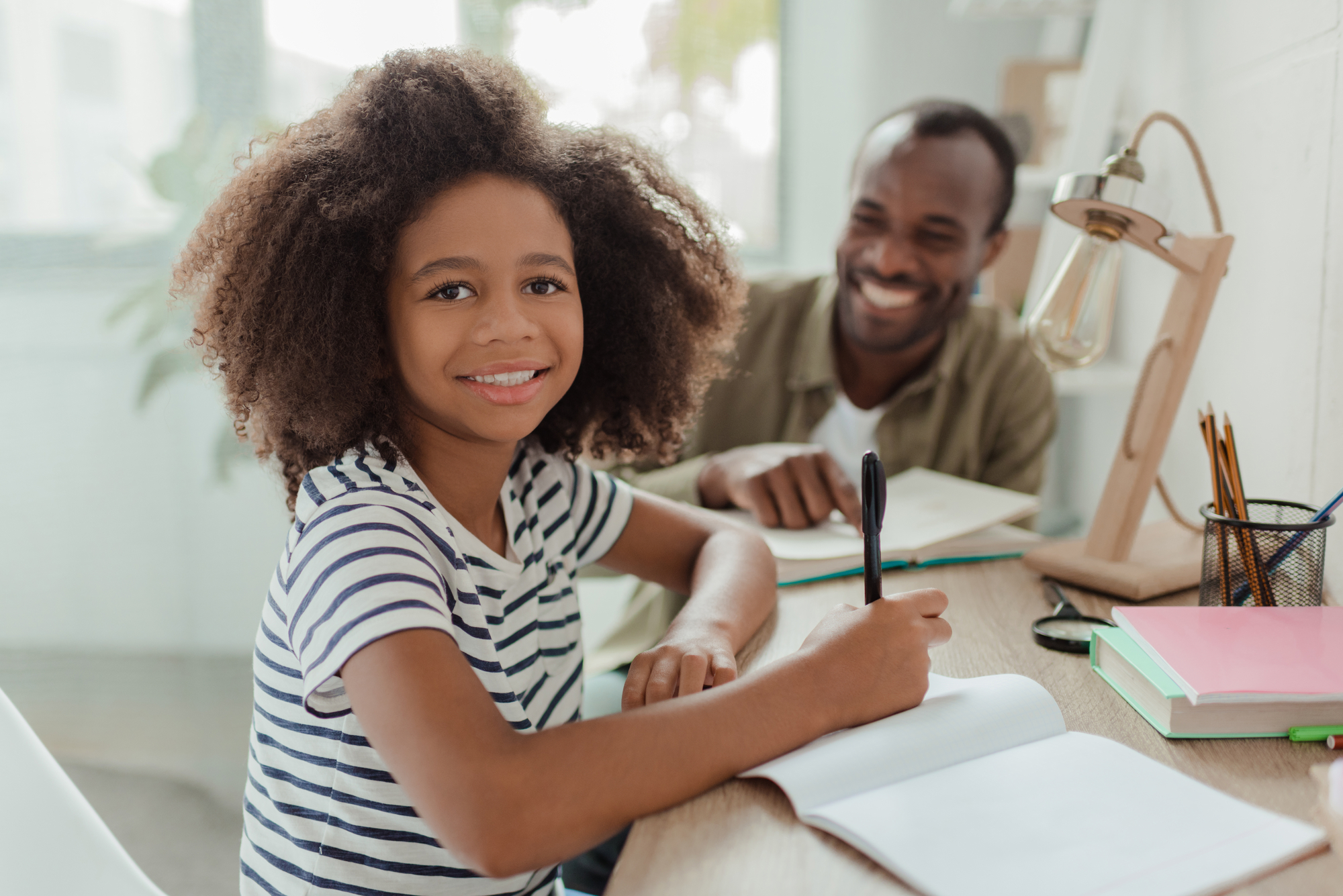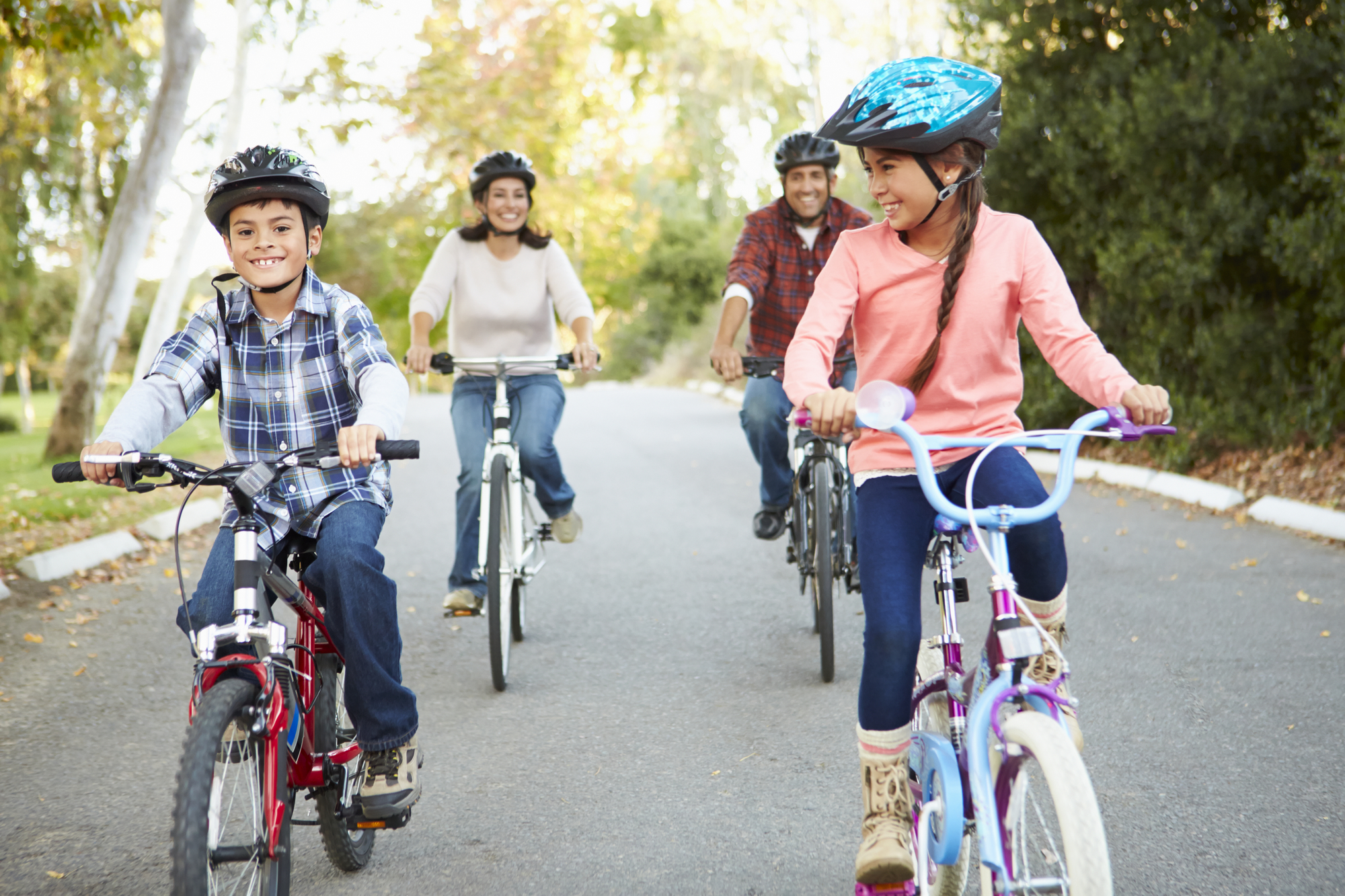The Protective Power of Positivity: Approaching the 2020-21 School Year
The Protective Power of Positivity: Approaching the 2020-21 School Year
Rebecca Wenrich Wheeler, LCMHCA, CPS
A new school year, even under typical circumstances, brings both stress and excitement. We’ve all heard the terms “unprecedented”, “trying times”, “uncertain”, and “new normal” to describe 2020, but we don’t have to allow these labels to dictate how we interact with our world. Maybe the first step in helping our children navigate the new school year would be to stop using terms that cause us to feel trapped and overwhelmed. We can approach this year with positivity and choose other words to label our year, such as adaptability, resiliency, and flexibility.
Choosing a positive approach is proven to have long-term benefits and outcomes. A 2019 John Hopkins study explored the impact of Positive Childhood Experiences (PCEs) on future mental health outcomes (Bethell). The study found that adults with high PCEs had a 72% lower rate of adult depression and mental illness in comparison to adults with low or no PCEs, and this outcome was true despite a person having a high Adverse Childhood Experience (ACE) score. Additionally, those with high PCEs were 3.5 times more likely to seek out emotional support during adulthood. But how do you create positive childhood experiences?
Never underestimate the power of protective factors. Protective factors are characteristics associated with a lower likelihood of negative outcomes or that reduce a risk factor's impact. In fact, studies have shown those adults with no ACEs and no PCE protective factors have poorer mental health outcomes than those with ACEs and with protective factors (Stevens). The Bethell 2019 study asked participants to respond “yes” or “no” to a series of seven statements when thinking about their youth:
1.I am able to talk with my family about my feelings.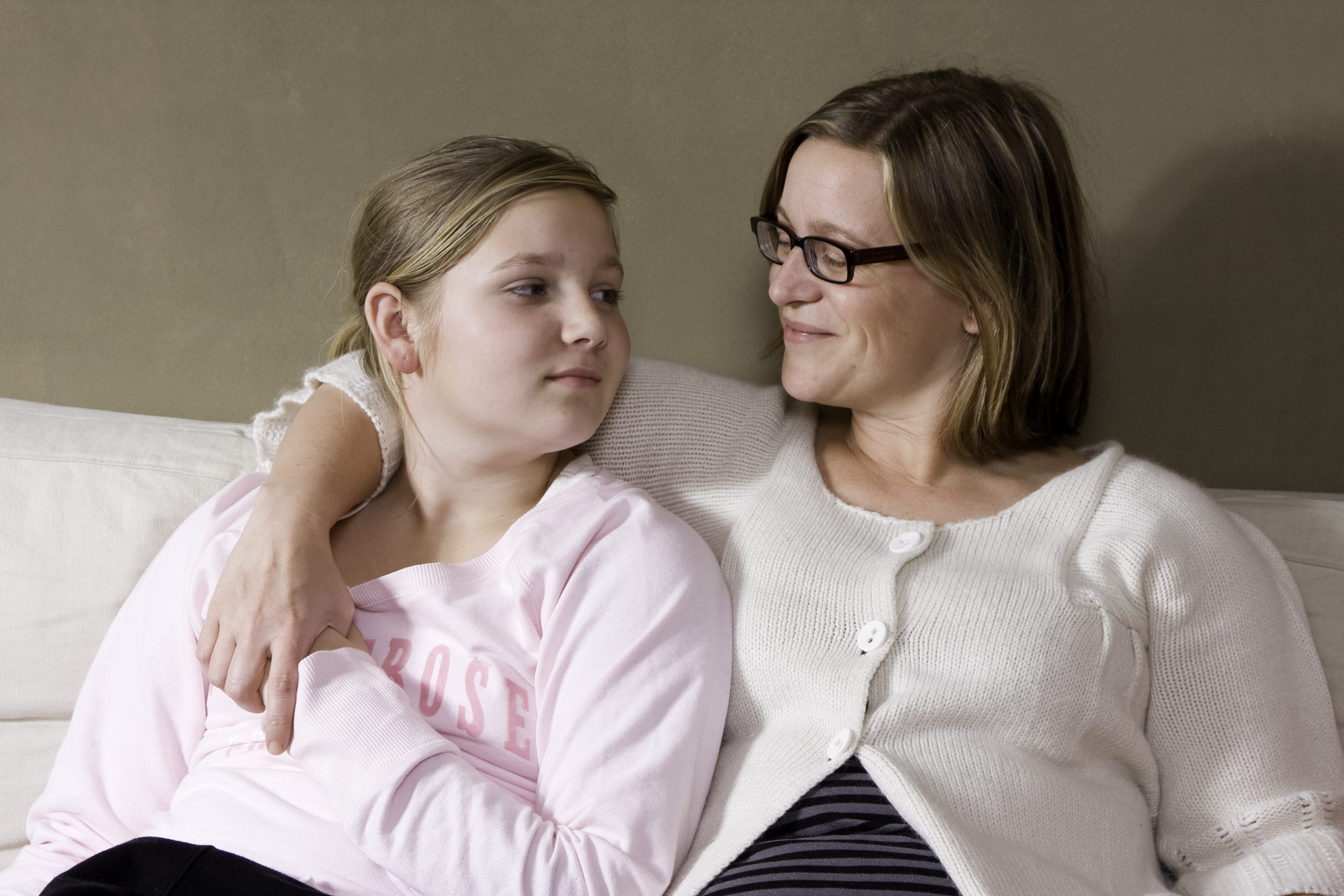
2. I felt that my family stood by me during difficult times.
3. I enjoyed participating in community traditions.
4. I felt a sense of belonging in high school.
5. I felt supported by friends.
6. I had at least two non-parent adults who took a genuine interest in me.
7. I felt safe and protected by an adult in my home.
Those seven items are great examples of protective factors. Bethell noted that higher the amount of protective factors, the more healthy mental health outcomes. Protective factors can be found outside the home, so community members can also play a part in enhancing PCEs. “The good news for every parent is that these PCE items are practical and, for the most part, easy to facilitate in your child's day-to-day life,” (Bergland 2019). Knowing this, re-labeling 2020 the year of adaptability, resiliency, and flexibility lays the foundation for a year of Positive Childhood Experiences.
Knowing that positivity has amazing long-term effects, let’s explore 10 tips for approaching the new school year with to increase positivity and reduce stress:
1.Negativity is contagious, but so is positivity. Experts believe that negative emotions like fear and anger are more contagious than other emotions, but you have the power to stop the spread. “Keep your own negative emotions in check and avoid negatively impacting others. Remember, your good mood can brighten a room. And, an act of kindness can stop the spread of negative contagious emotions,” (Edward-Elmhurst Health).
2. Youth learn how to manage stress by watching the adults in their lives. Adults should practice healthy self-care, which begins by learning to recognize and manage negative emotions. Understanding what triggers our stress will help us to better include healthy stress management activities in our lives and make us better models for youth. Activities might include: exercise, creating art, mindfulness activities, and talking honestly about feelings. 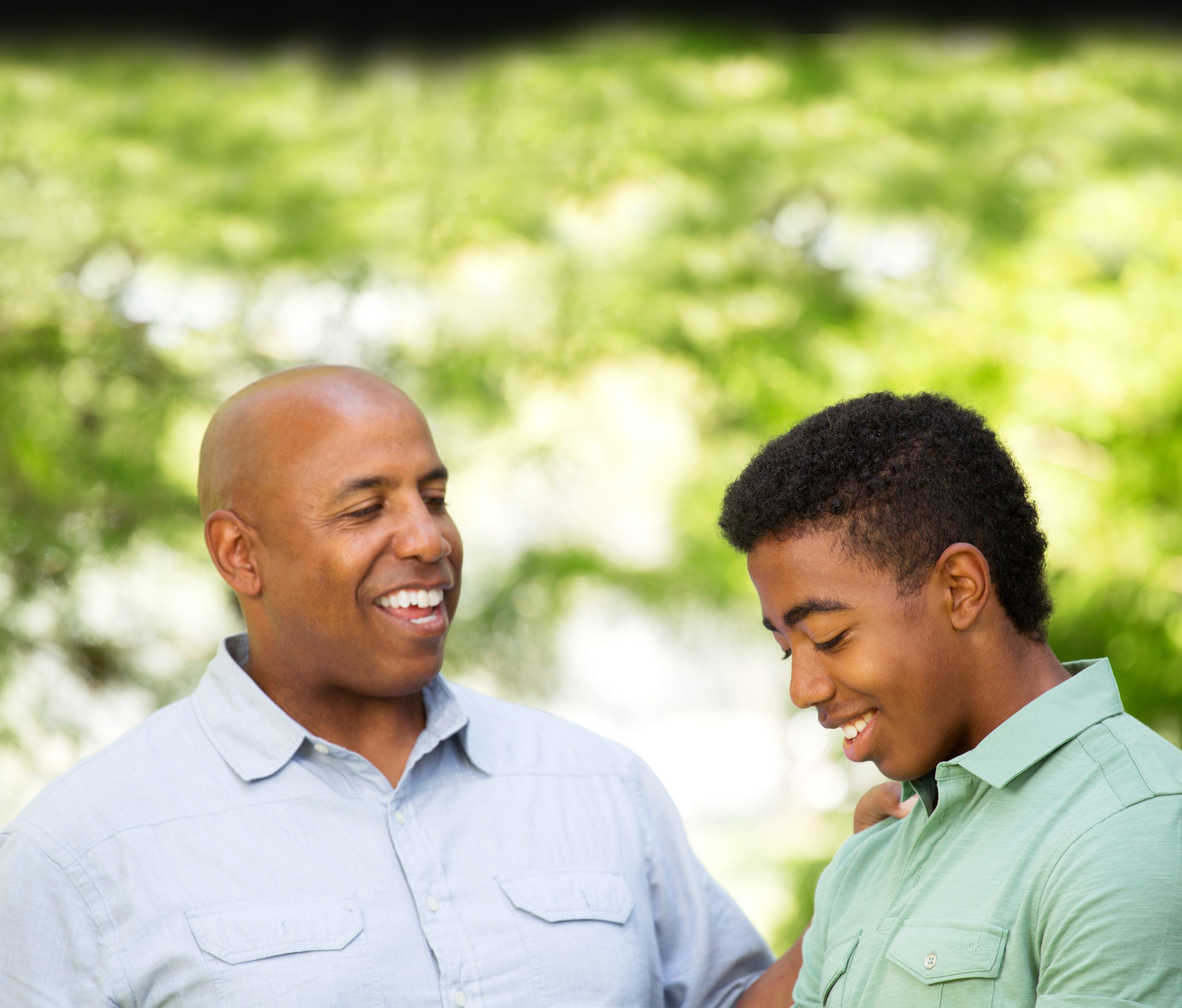
3. Limit social media intake and counter mis-information. Sharing factual information in an age-appropriate manner helps youth foster a sense of control. Be aware of how much time you’re spending online, how social media affects our mood, and how social media impacts our “real life” relationships. For tips on limiting social media intake click here.
4. Teach children how to help prevent illness and reduce risk. Empower youth to make responsible choices by explaining how mask wearing, washing hands, and social distancing help limit illness. Make the safety precautions feel fun rather than a chore. Find creative, socially-distant, ways to say hello, create hand-washing songs, allow children to choose fun masks, hand sanitizers, and soap, or turn cleaning into family karaoke!
5. Think of your child’s teacher and school as partners rather than hurdles. Take time to teach and model the skills of adaptability and flexible thinking to create a more positive experience when approaching the new schooling environment. Learn how parents and teachers can work as a team.
6. Create a workspace for your child with minimal distractions. If possible, reserve the workspace only for schoolwork. Your child might like to help design the space. Learning how to minimize distractions is good for both youth and adults! For tips click here.
7. Avoid multitasking. Adults aren’t good at multitasking, and neither are kids. When we say we are multitasking, we are really just task-switching. “Think of task switching as less like multi-tasking and more like juggling. You have a couple different balls in the air, but you're only really touching one at a time” (Burkus). We are also more prone to distractions when we task-switch. To help improve focus during work: turn off unnecessary devices, schedule breaks to help recharge, and get enough sleep.
8. Maintain back to school rituals: Go school supply shopping, take first day of school pictures, and look for college tours (many tours are virtual!). These rituals are especially important during the transition years. Giving your child a toy or object that was important during your childhood is another way to encourage connection and create a moment to cherish.
9. Help foster other positive adult relationships that your child might be missing from not attending school in person. Through these non-parent relationships, youth learn how to seek out emotional support from other trusted persons which will continue to benefit them into adulthood. These trusted connections could come from neighbors, family friends, or faith community members.
10. Don’t assume how your child feels. Ask! We may be projecting our own emotions onto our children without considering that their feelings might be different. The conversation may simply begin by asking: “How are you feeling about what is happening?”, and then be present and listen.
Using protective factors and positive language can help de-stress your child about the uncertainties of this year. Through carefully choosing language and remaining calm and positive, you can make 2020 a positive experience for your child!
References
Burkus, D. (2018, November 15). Why You Can't Multi-Task. Retrieved July 31, 2020
Stevens, J. (2019, October 1). 12 Myths of the Science of ACEs. Retrieved July 30, 2020
Featured Poe Program: Choices & Consequences Family Edition
Grade Level: 5th graders & Parents
Program Length: 90 minutes
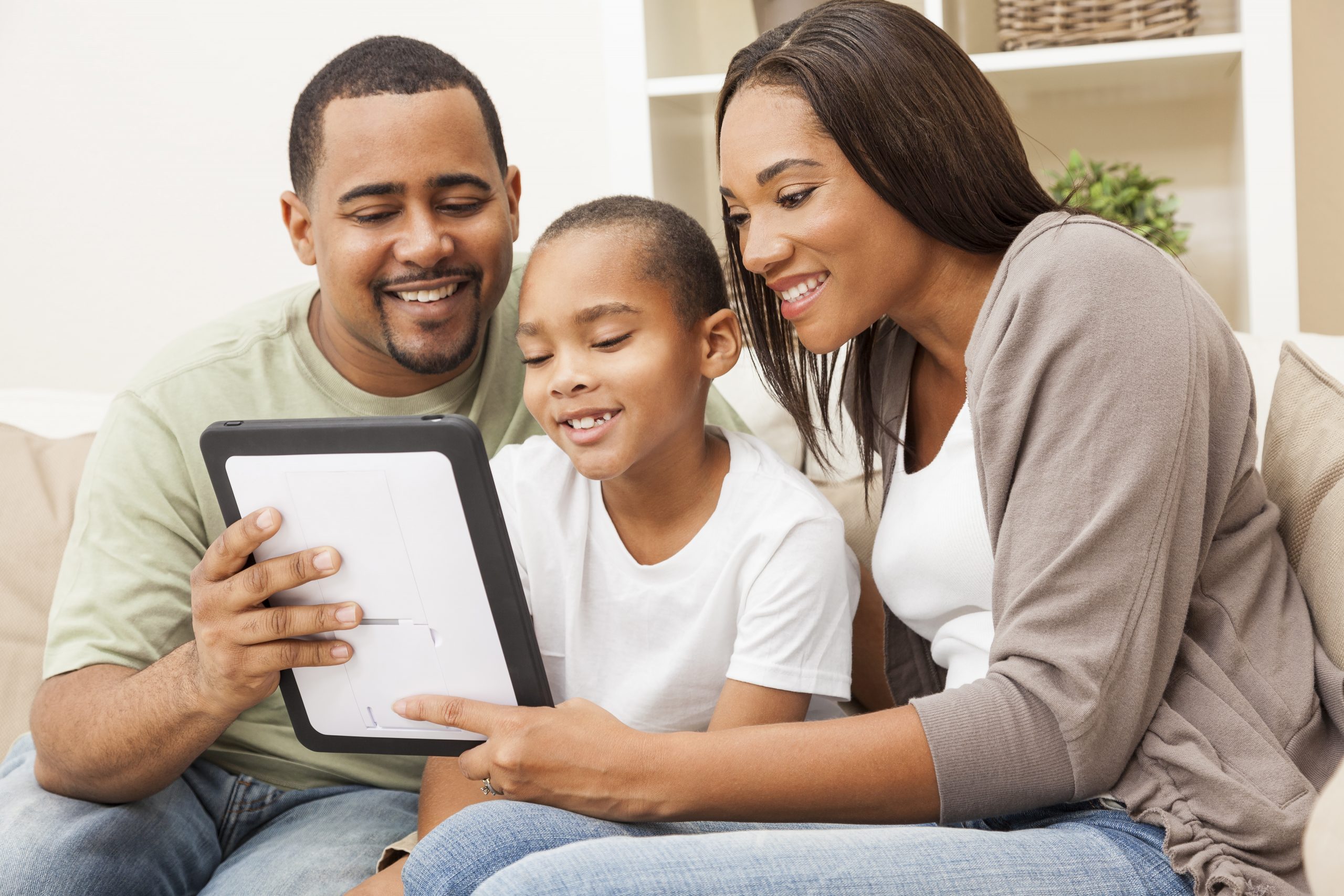
Parents and children will learn the facts about alcohol, tobacco/e-cigarettes, marijuana, and other drugs through an interactive game modeled after the popular show, Who Wants To Be A Millionaire? Families will work together as a team to gain valuable information about the effects of these substances on the growing brain and body, as well as effective refusals skills to keep youth safe. The families will be engaged with interactive activities, videos, and team discussion. All families will be provided with resources to encourage ongoing prevention skill building and communication.
To schedule a virtual program with Poe, contact our scheduler Amanda Bodenheimer at [email protected] today.
Featured Video: H.A.L.T. For Stress
Join Rebecca from the Poe Center as she leads a lesson on maximizing your mental health and managing stress! If you're feeling stressed or like you've lost control of a situation, Rebecca has some tips for you. Follow along with this mini-lesson as she talks about stress and walks you through a process for identifying your stressors, called "H.A.L.T: Hungry, Angry, Lonely, or Tired." Hang out as Rebecca leads a breathing exercise, which is a great way to manage stress in your everyday life
Remote Learning the Healthy Way
Remote Learning the Healthy Way
Paige Schildkamp, MPH – Health Educator
Dana Orr, MBA - Assistant Director, Nutrition & Physical Activity
Brenda Beatty, MPH, RD - Health Educator
It’s August. No matter how different it may look this year, that means it’s “Back to School” and back to business. But it won’t be business as usual. COVID-19 has created many complicated situations for students and their families.
The Poe Center wants to help.
Whether you normally look forward to this time of year or wish the summer would never end, those feelings are most likely not the same this year. As many North Carolina schools are opening with some version of remote learning, chances are you will likely need to be extra involved in your child’s day-to-day education. If you are feeling nervous, stressed, excited, or all of the above, you are not alone! It’s ok to feel that way. This is new and potentially overwhelming for many families.
It’s important to remember that YOU’VE GOT THIS!
You have been teaching your children for years. You likely taught them how to tie their shoes, how to treat others with respect, how to follow a schedule, how to make themselves a snack - the list of lessons is long. Remote schooling may not feel the same, but the concepts absolutely still apply. You know your children better than anyone else, and you have already taught them so much. Plus, you are not alone. Teachers and school staff, along with other families and the community, are also navigating this new space alongside you.
Here are a few general tips for creating an environment for successful remote learning:
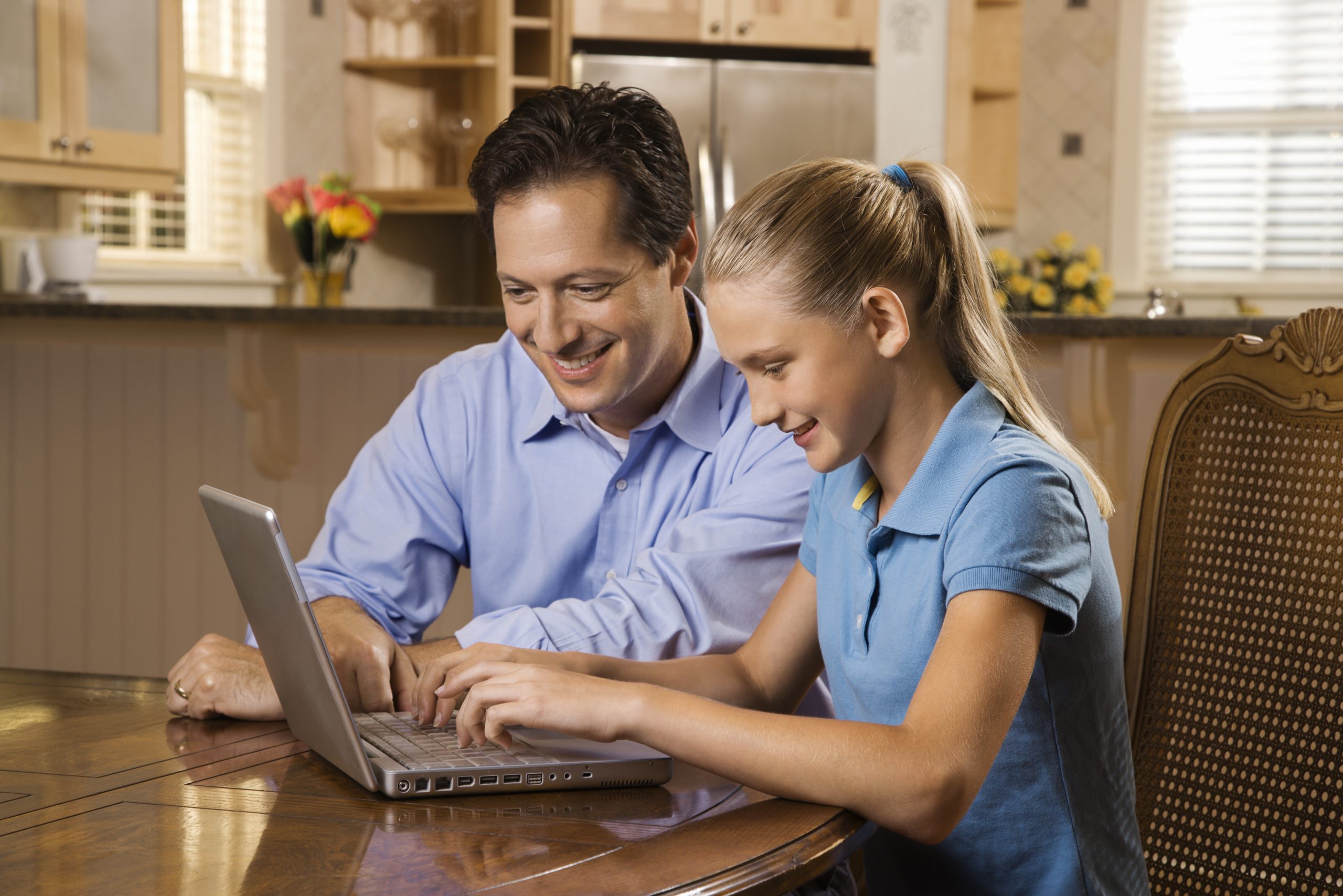
1. Be Optimistic. It will be easy to dip into frustration and impatience, and your children will take hints from you, so try to keep things positive as much as possible. Spin the situation and show them how to be grateful for this chance to spend more time together.
2. Be Empathetic. It’s perfectly understandable for kids to be completely bummed out and even anxious. Give your kids the opportunity to express their feelings and let them know you understand. Recognizing and validating your children’s feelings is an important step in helping them cope with the circumstances.
3. Gather Resources. Communicate with your children’s schools and teachers to be clear about the learning expectations and know what resources are available for parents. Remember, you are not alone, and you don’t have to do it all by yourself.
4. Know Your Child. Find out what your children need to learn best: are they visual, kinetic and/or auditory learners, do they like independent work or collaborative projects, do they need silence or music playing quietly in the background? This is a great opportunity to help your children create a learning environment customized for them.
5. Create Healthy Habits. Use a schedule to keep wake-up, bedtime, education, play, quiet, rest, and free times consistent. Set aside a designated area just for “school” and keep it separate from the rest of the home/life spaces. Take scheduled breaks for healthy snacks, movement, hydration, bathroom, meditation, mindfulness, etc. Make clear and realistic goals for each day, week, month, etc.
6. Be Realistic. Understand that not every day will be a good one, for your children nor for you. It’s ok to not be ok all the time. Be willing to be flexible with goals and schedules when necessary. Include “catch-up days” in your original schedules to allow for any mental health adjustments that need to be made as you go. Be happy with the progress and avoid perfection. And, always, know that it’s ok to reach out for help when you need it.
Tip #4 talks about creating healthy habits for your children as an integral part of academic success. Seize natural teaching moments to build health education into at-home academics. Here are a few ideas to help.
- MyPlate. Eating healthy is an important part of both academic success and lifelong general health. Incorporate nutrition education into your routine by using MyPlate to demonstrate making healthy food choices every day. Use these videos from the Poe Center as a starting point.
- Physical Activity. Kids should get 60 minutes of physical activity every day. Include lots of movement breaks throughout the day to help keep children engaged and awake, such as taking walks, jumping rope, stretching, etc. Learn about the different levels of activity and try this “Eat the Rainbow” challenge as a family.
- Brain Breaks. Breaks are so important for optimal academic success. Children’s brains are wired to learn but they need breaks (and you do too)! Learn why these breaks are so necessary, including some short breathing techniques and other exercises, from Rebecca.
- Gardening. This is a chance to get creative with health education. Teach your children about where food comes from by trying some at-home gardening. Check out these videos for tips gardening at home.
- Poe Center. Check out the Poe Center's list of educational, fun, and useful resources along with local and state-wide information to help you stay active, healthy – and sane – during this unprecedented time.
COVID-19 has created many complicated challenges and situations - especially for the school year. Going back to school will be different and probably not ideal. Try to stay positive, embrace the time spent learning with your children, and know that the Poe Center is here to support you.
Remote Learning the Healthy Way - FREE WORKSHOP
Saturday, August 29, 2020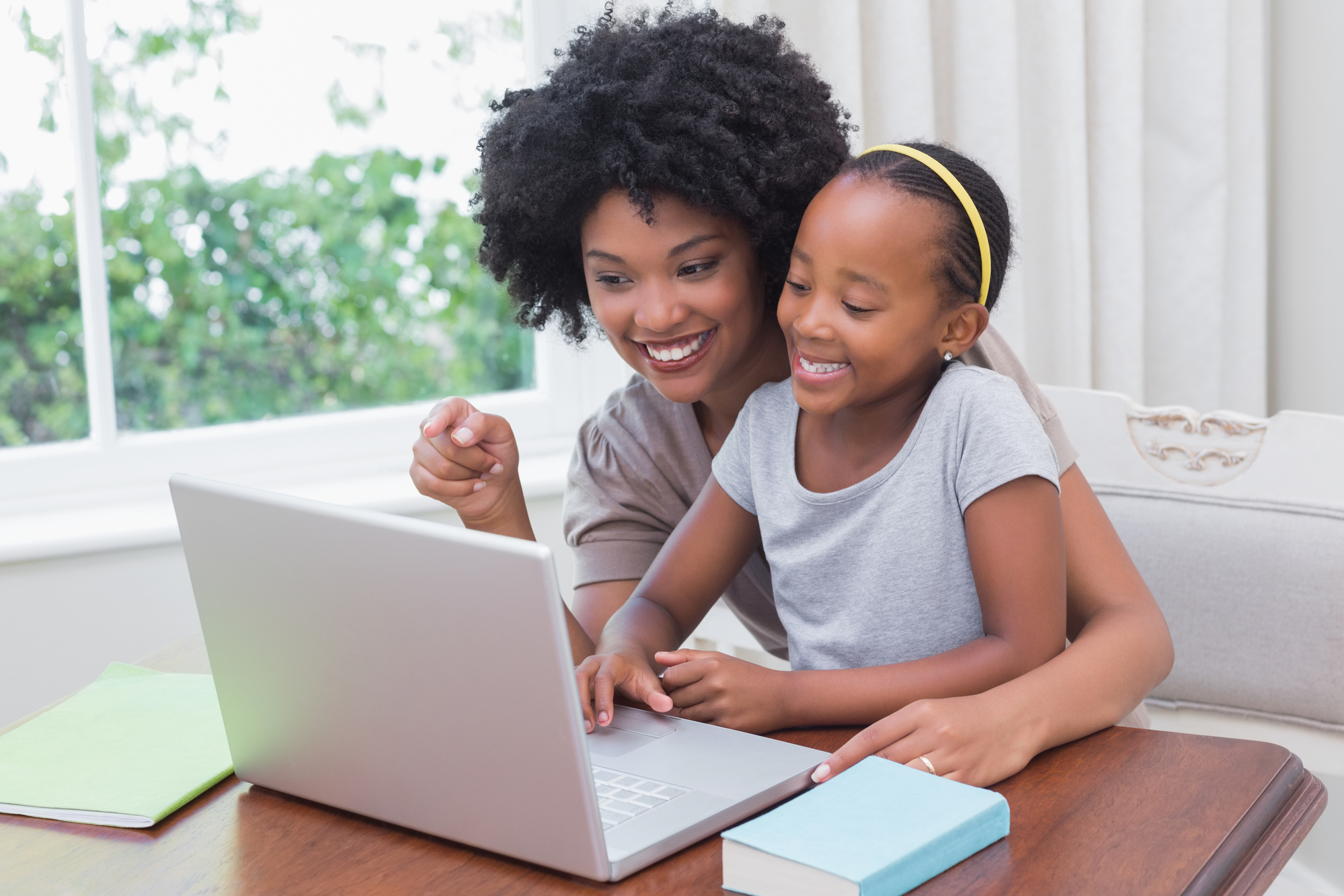
9:30 a.m. - 11 a.m.
Live via Zoom
Join Poe Center health educators for a lively discussion about creating a healthy environment for remote learning. Experienced homeschooling/working moms will share their tips and advice on effective at-home academics, including how to integrate nutrition and physical activity teachable moments into your family's routine.
This workshop is best suited for parents of elementary and middle grades children.
Poe Center Family Programs - Fall 2020 Schedule
Join the Poe Center though out the fall for a variety of online parent-child workshops developed to help families create healthy habits, discuss timely developmental issues, and have fun together. Using videos, guided discussion, and interactive activities, workshops will address a range of health topics, including:
- Adolescent Development and Puberty

- Creating healthy snacks and meals (cooking classes)
- Bullying Prevention
- Substance Use Prevention
- Nutrition & Physical Activity
Stay Safe and Fit this Summer with Walking and Biking!
Stay Safe and Fit this Summer with Walking and Biking!
Annie Scott, MPH, RD – Health Educator
Summer can be a great opportunity to spend more time outside. It is important for kids to get at least 60 minutes of physical activity every day – even in the summer! Physical activity is good for physical and mental health. Walking and biking are two types of physical activity that can be enjoyed outside and are fun for the whole family!
It is important to follow safety guidelines when walking and biking. Per the NC Department of Transportation, approximately 16 child pedestrians and 3 child bicyclists under the age of 15 are involved in fatal crashes each year in North Carolina, and hundreds more are injured. It is essential to take pedestrian and bicycle safety seriously!
Poe’s Tips for Keeping Safe this Summer
While Walking
• Always walk on the left side, facing traffic.
• Wear bright colors so you can be seen easily.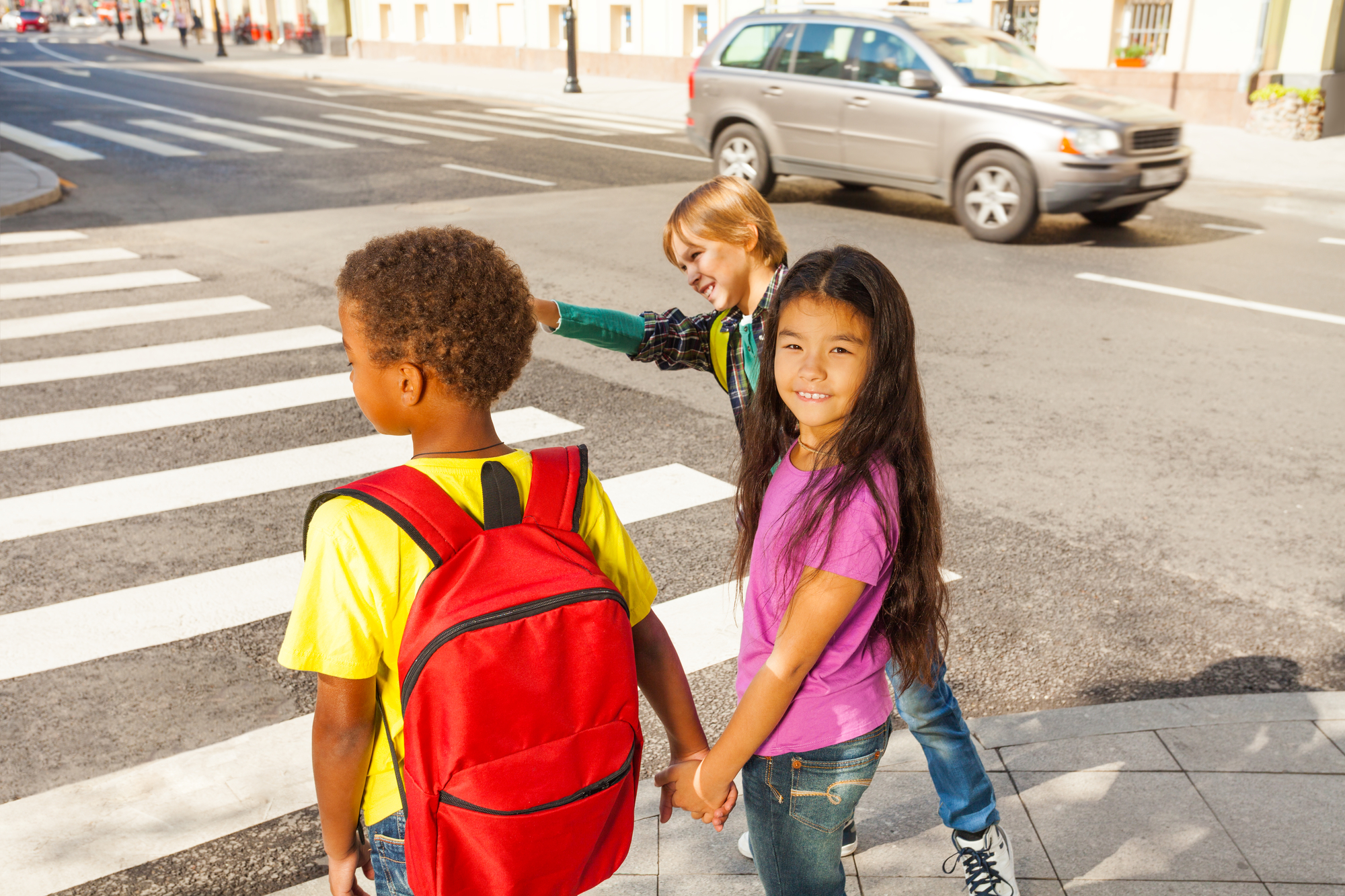
• Crosswalk Safety:
• A crosswalk is the safest spot to cross a street.
• Look both ways before crossing the street.
• Make eye contact with drivers before walking in front of them.
• Be Alert:
• Remove headphones or earbuds so that you can hear traffic.
• Avoid distractions like toys or phones.
While Biking
• Always wear a helmet.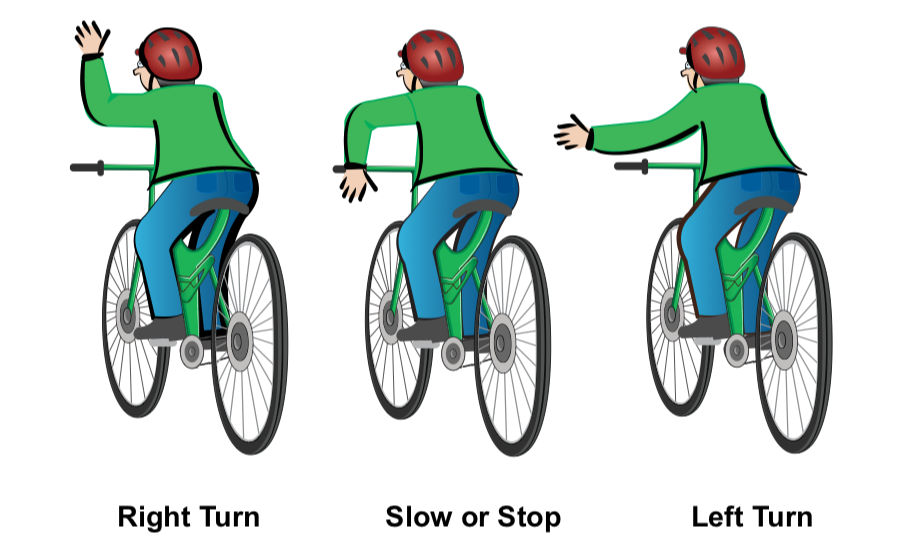
• Ride with the flow of traffic and follow all traffic signs and signals.
• Wear bright colors so you can be seen easily.
• Be Alert:
• Look both ways before crossing the street and when approaching driveways.
• Remove headphones or earbuds.
• Always use hand signals when you are turning or stopping.
What about COVID-19?
• The CDC recommends that adults and children continue to get physical activity and encourages walking as a part of your daily routine.
• Remember to practice social distancing. Keeping a safe distance of 6 feet from others can help reduce the spread of the coronavirus.
• If possible, wear face coverings in outdoor areas. More people are getting outside in parks and on greenways, and it is important to wear face coverings when social distancing is more difficult.
For more information on bike and walking safety, check out the videos and activities below!
Sources:
NC DOT Let’s Go Walking! Curriculum
NC DOT Let’s Go Biking! Curriculum
National Highway Traffic Safety Administration Bike Safety Kit
Featured Poe Program: Safety Smart
Grade Level: Kindergarten – 1st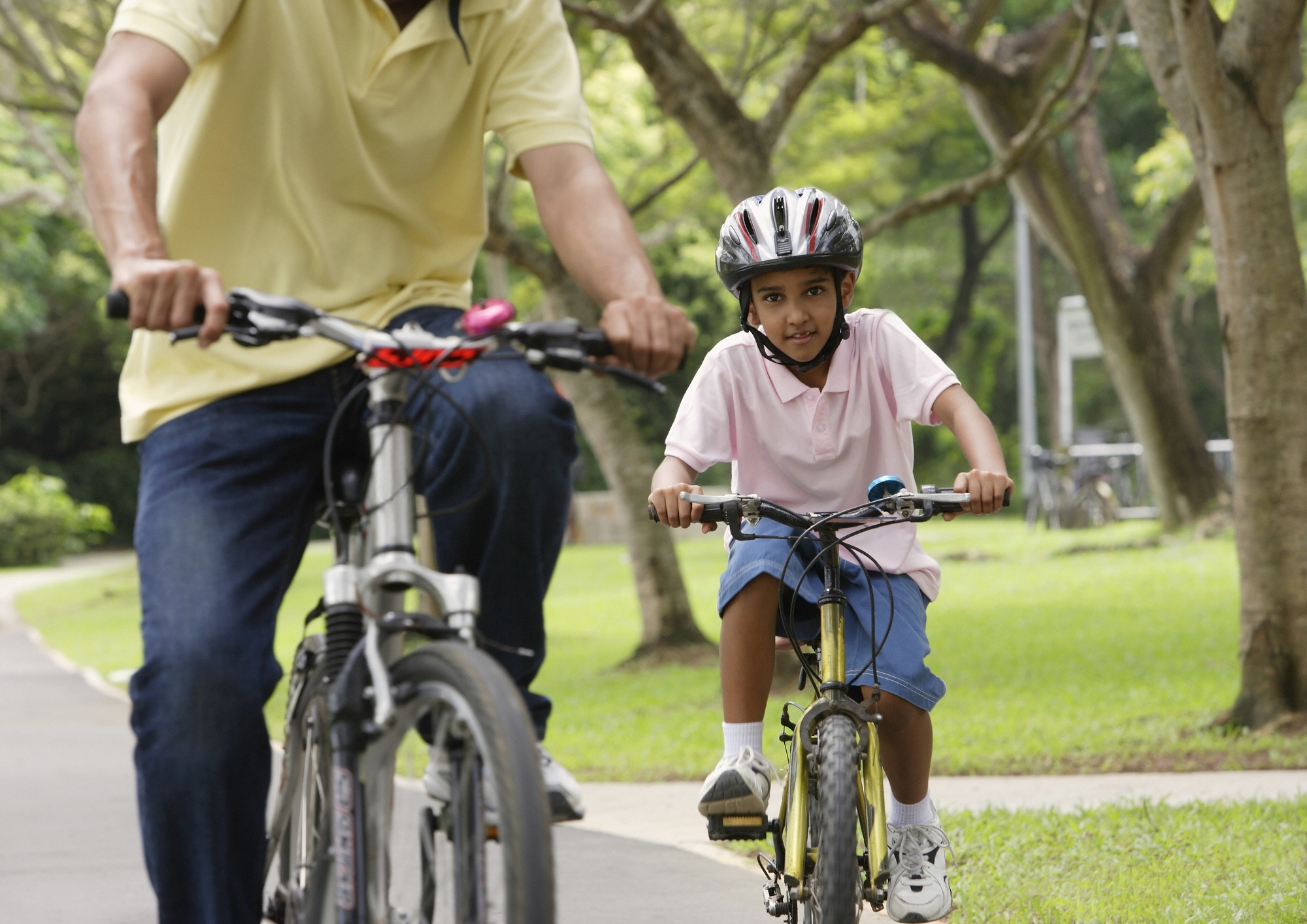
Program Length: 45 minutes
You are someone special! Through a series of hands-on activities and games, this program illustrates the message of protecting yourself from the everyday dangers of daily activities. Learn how to stay safe and healthy while still having fun!
To schedule a virtual program with Poe, contact our scheduler Amanda Bodenheimer at [email protected] today.
Featured Videos and Activities: Bike and Pedestrian Safety
Want to learn more about bike and pedestrian safety? Check out these short, fun videos and activities to learn more.
Bike Safety Word Search Puzzle
You can find other Bike Safety activities and games at the NHTSA Bike Safety Kit


